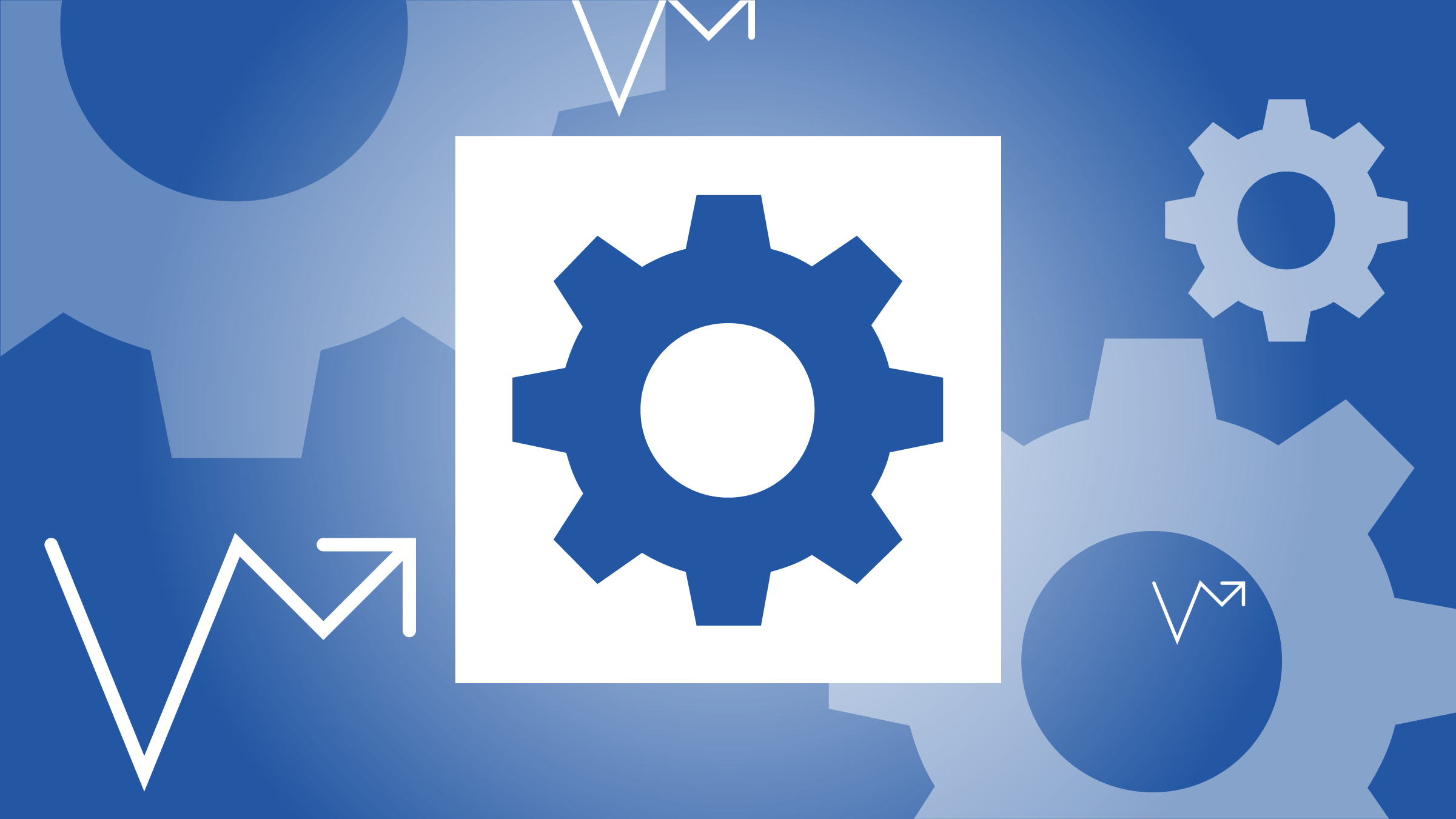We give ![]() Hershey HSY a wide Morningstar Economic Moat Rating owing to its solid brand. However, fourth-quarter and full-year results show that neither Hershey nor the category is immune to heightened competitive pressures from other snacking alternatives. Fourth-quarter underlying sales ticked up a modest 0.8%, as 3.1% higher prices were offset by a 2.3% contraction in volume, which management stressed was due to lower non-seasonal fare.
Hershey HSY a wide Morningstar Economic Moat Rating owing to its solid brand. However, fourth-quarter and full-year results show that neither Hershey nor the category is immune to heightened competitive pressures from other snacking alternatives. Fourth-quarter underlying sales ticked up a modest 0.8%, as 3.1% higher prices were offset by a 2.3% contraction in volume, which management stressed was due to lower non-seasonal fare.
Despite this lacklustre performance, we believe the firm's investment to bring new products to market is favourable and stands to solidify its competitive positioning in the long term. Results for the year came in about where we anticipated, but management's 2015 guidance for 3% to 5% reported sales growth and adjusted earnings per share of $4.30 to $4.38 (all figures are in U.S. dollars) marginally lags our outlook. Even after lowering our 2015 forecast slightly, we don't expect to change our $88 fair value estimate, as reduced expectations are offset by additional cash generated since our last update. Our long-term forecast for 5% annual sales growth and 22% operating margins by the end of our 10-year explicit forecast remains in place. Although Hershey's stock traded down after the earnings release, we still view it as quite rich.
Hershey also announced the acquisition of Krave Pure Foods, a leading meat jerky player with $35 million in annual sales. This represents one of the first times Hershey has taken a bigger step outside confectionery, and despite the inherent risk, the small size of the deal (at less than 0.5% of sales but for which terms were not announced) limits the impact of such a move. However, we think this deal signals the firm's openness to expanding its portfolio beyond confectionery, and we wouldn't be surprised to see more tie-ups in the same vain. Hershey has shown capital allocation prudence in the past, and we expect it to proceed in the same manner going forward.
Over the past several years, Hershey has worked to surgically remove costs from its business and reinvest those funds behind its core brands, efforts that appear to be gaining traction. In the fourth quarter, adjusted gross margins increased 30 basis points to 44.2% and adjusted operating margins jumped 240 basis points to 18.7%. While input cost challenges have abated to a modest degree, the purchase of Krave will expand Hershey's commodity basket to other proteins and, as such, could increase raw material cost volatility in the years ahead. We are attending the Consumer Analyst Group of New York conference in February, where we hope to gain a better sense of Hershey's strategic plans for its core confectionery business as well as its priorities for cash and the potential to expand further outside the confectionery space.
Looking abroad for growth
Hershey's leading position in the U.S. chocolate market, in which it has a 44.5% share, generates economies of scale and robust profit margins. New products, the bulk of which tap into consumers' demand for hand-to-mouth products, are winning with consumers, but this hasn't gone unnoticed by competitors. For one, Nestlé launched a product under its Butterfinger brand last year that looks to rival Hershey's Reese's offering. As such, we think the onus remains on Hershey to support its brands.
We also think building out its international platform remains a top priority. For example, the firm is starting to sell a line of caramels under the Lancaster brand in China (which also are now sold on its home turf). While on the surface this news may not seem all that notable, this is the firm's first new brand in 30 years and the first time Hershey has launched a new product initially outside the United States. We think this shows the firm's commitment to new products, but we are keeping our excitement at bay, given that intense competitive pressures loom around the world.
Further showcasing that China is a priority market, Hershey acquired Shanghai Golden Monkey, a privately held Chinese confectionery firm, for $498 million in cash ($584 million, including the assumption of $86 million in debt) last year. We think the deal potentially enhances Hershey's intangible assets and cost advantage, which drive our wide moat. We expect that Hershey will continue to look to build out its international platform by partnering with local firms that understand the domestic consumer.
Iconic brands contribute to wide moat
The low level of private-label penetration and the prime shelf space afforded to firms in the confectionery industry have earned Hershey, the leading player in the U.S. chocolate market, a wide economic moat. Beyond the resilience of the category (and Hershey's positioning in it), the firm has operated with a renewed emphasis on heavily investing behind its brands via advertising and promotions while increasing its presence on the ground at retail outlets. These efforts are leading to accelerating sales growth and margin expansion at this dominant domestic confectionery player, even as the consumer spending environment remains fragile. For instance, in fiscal 2013, Hershey generated sales growth of 7.6% as well as 60 basis points of adjusted operating margin expansion, which is impressive in light of the higher raw material prices that plagued several firms across the packaged food landscape and Hershey's own strategic efforts to step up brand investments. Returns on invested capital (including goodwill but excluding excess cash), which have averaged 26% during the past five years, easily exceed our 8.5% estimate for the firm's cost of capital, further supporting our take.
Hershey still benefits from the economies of scale in its manufacturing and distribution as well as its stable of iconic brands, particularly in its core domestic market. However, it has been unable to demonstrate that it can leverage its brands to gain meaningful share in the consolidating global confectionery industry, especially given the varying tastes and preferences of consumers around the world. As a result, while the global confectionery pie has been expanding, the firm faces aggressive competition from several large and globally diversified firms, namely Mondelez MDLZ, Nestlé and Mars/Wrigley. In addition, in 2012, Hershey terminated its Indian joint venture with Godrej Industries (which had been in place since 2007) as sales barely budged higher. We'd argue that this lack of growth suggests the firm has a sizable task to prove that it understands local consumers and can generate outsize growth in this fast-paced market. Given that established rivals maintain beachheads in attractive emerging markets like India, we think Hershey stands to own a smaller slice of the overall pie over time.
Commodity costs add volatility
Hershey's ongoing restructuring efforts may prove disruptive to operations. Further, elevated and volatile commodity costs, particularly for cocoa, sugar, and dairy, may hurt profitability. In particular, dairy costs--which can't be hedged--have been trending higher in light of the prolonged drought in California. Longer term, we anticipate increased raw material demand in faster-growing emerging markets to keep upward pressure on commodity costs. As a result, we think input cost headwinds may still plague the leading domestic chocolate confectionery firm.
In addition, competitive pressures remain intense. We think Hershey's growth and expansion efforts could be hindered as larger and more diversified players maintain established positions in faster-growing emerging markets where tastes and preferences tend to be more localized. Given the significant consolidation that has occurred in the global confectionery arena during the past few years, Hershey may feel compelled to take part by pursuing a deal of its own, which could add risk to operations if it extends the firm beyond its core competencies.
















